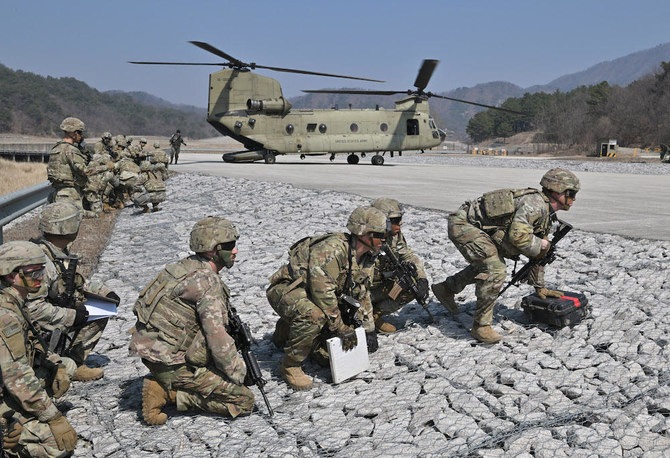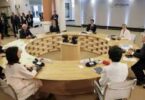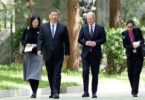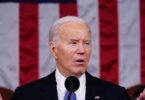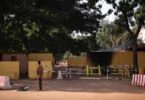SEOUL (AP) : The South Korean and US militaries were set to begin massive live-fire drills near the border with North Korea on Thursday, despite the North’s warning that it won’t tolerate what it calls such a hostile invasion rehearsal on its doorstep.
Thursday’s drills, the first of the allies’ five rounds of firing exercises until mid-June, mark 70 years since the establishment of the military alliance between Seoul and Washington. North Korea has typically reacted to such major South Korean-US exercises with missile and other weapons tests.
Since the start of 2022, North Korea has test-launched more than 100 missiles but none since it fired a solid-fuel intercontinental ballistic missile in mid-April. North Korea has argued its torrid pace of tests was meant to respond to the expanded military drills between the US and South Korea, but observers say the North aims to advance its weapons development then wrest greater concessions from its rivals in eventual diplomacy.
The US-South Korean firing exercises, called “the combined annihilation firepower drills,” would be the biggest of their kind. The drills have been held 11 times since they began in 1977, according to the South Korean Defense Ministry.
Ministry officials said this year’s drills are to involve advanced stealth fighter jets, attack helicopters, tanks and multiple rocket launch systems from South Korea and the United States. It wasn’t immediately known how many troops would take part in the drills, but previous exercises in 2017 — the most recent ones before this year — drew about 2,000 soldiers and 250 weapons assets from both countries.
An earlier Defense Ministry statement said the drills are meant to enhance the allies’ combined operational performance capabilities. It said South Korea and the United States will seek to establish “the overwhelming deterrence and response capabilities” to cope with North Korean nuclear and missile threats.
Last Friday, North Korea’s state media called the drills “a typical North Korea-targeted war rehearsal.” It said North Korea “cannot but take a more serious note of the fact that” that the drills would be held in an area a few kilometers (miles) from its frontier.
KCNA said the US and South Korea will face unspecified “corresponding responses” over their series of large-scale, provocative drills.
Earlier this year, the South Korean and US militaries conducted their biggest field exercises in five years. The US also sent the nuclear-powered USS Nimitz aircraft carrier and nuclear-capable bombers for joint exercises with South Korea.
Moon Seong Mook, an analyst for the Seoul-based Korea Research Institute for National Strategy, said North Korea could use the South Korea-US drills as a pretext to resume testing activities to attain its stated goal of modernizing its weapons arsenals. He said domestic issues such as North Korea’s push to increase agricultural production amid the rice-planting season could still affect its decision on weapons tests.
“North Korea can’t help feel some burdens over the South Korea-US joint firepower drills being held for the first time in six years and in the strongest manner,” Moon said. He said North Korea may test a solid-propellant ICBM, a submarine-launched ballistic missile or short-range ballistic weapons.
In their summit last month, US President Joe Biden and South Korean President Yoon Suk Yeol announced steps to reinforce their deterrence capabilities such as the periodic docking US nuclear-armed submarines in South Korea; bolstering joint training exercises; and the establishment of a new nuclear consultative group. Biden also issued a blunt warning that any North Korean nuclear attack on the US or its allies would “result in the end of whatever regime” took such action.
Kim Yo Jong, the powerful sister of North Korean leader Kim Jong Un, later said the Biden-Yoon summit agreement revealed the two countries’ “most hostile and aggressive will of action” against the North. She threatened to further bolster her country’s escalatory nuclear doctrine, saying “The pipe dream of the US and South Korea will henceforth be faced with the entity of more powerful strength.”
Worries about North Korea’s nuclear program grew after the North last year legislated a law that authorizes the preemptive use of nuclear weapons. Many foreign experts say North Korea has yet to possess functioning nuclear missiles.

